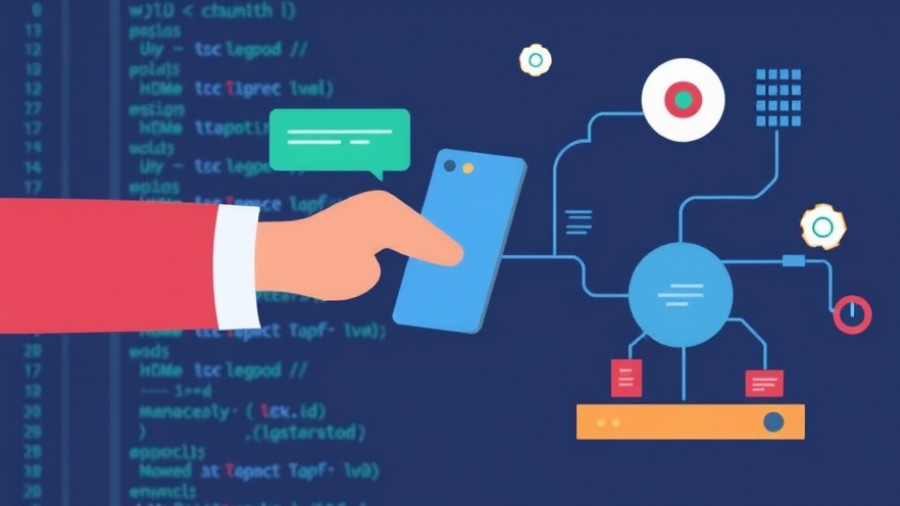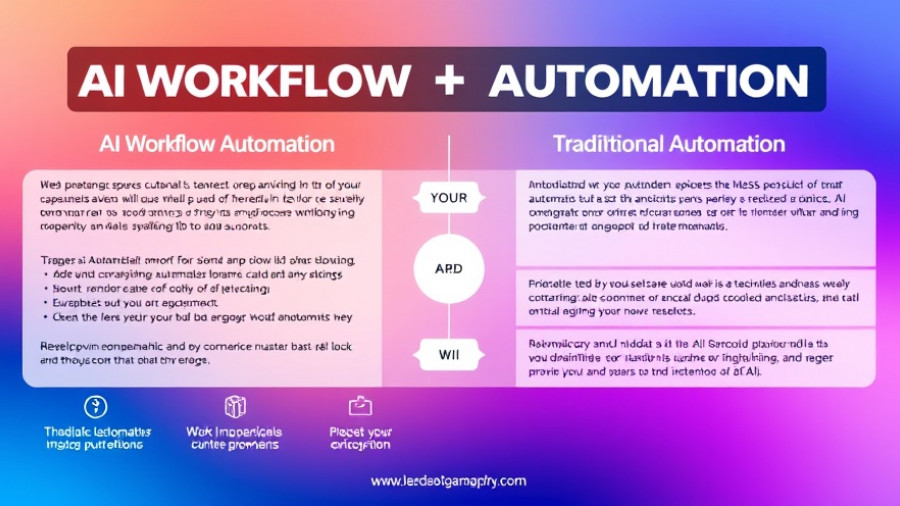
Mastering Marketing Automation Tools: A Journey Without the Headaches
Onboarding non-technical marketers to automation tools can actually be a delightful endeavor when approached correctly. Using automation to enhance marketing campaigns shouldn't require extensive technical training. In fact, with the appropriate guidance, non-technical marketers can master tools like HubSpot's Marketing Automation platform in less than two weeks. This capability stems largely from HubSpot's unique onboarding strategy, which emphasizes early wins to build confidence without overwhelming users. By implementing a structured, confidence-first approach, teams can go from apprehensive to empowered in just fourteen days.
Understanding Marketing Automation Tools
Marketing automation tools are designed to facilitate customer-centric tasks while alleviating the burden of repetitive work. These tools, particularly HubSpot’s marketing solutions, leverage AI to streamline processes, effectively increasing the volume and impact of marketing campaigns. Key functionalities include:
- Automated Lead Generation: Intelligent email features and forms convert website visitors into loyal customers.
- CRM Integration: Data-driven forms that adapt based on returning visitors’ behaviors enhance personalization.
- Automated Sequences: Email triggers that nurture leads and re-engage inactive contacts keep the communication flowing.
These advantages make such tools approachable even for those without a technical background.
The Common Onboarding Challenges Faced
Despite the promise of simplicity, onboarding challenges can hinder the optimal use of marketing automation tools. A lack of comprehensive training materials can lead to confusion and anxiety, primarily fueled by fears of making errors within the system or feeling overwhelmed by jargon. Typical difficulties include:
- Fear of Breaking the System: Many marketers worry about mistakenly causing issues within the software.
- Imposter Syndrome: The advancement of technology in marketing often leaves non-technical professionals feeling out of depth.
- Resistance to Change: The introduction of new tools often meets hesitation due to ingrained preferences for familiar processes.
Addressing these challenges is crucial for successful implementation and user adoption.
The Importance of a Structured Onboarding Framework
To navigate these hurdles effectively, a coherent onboarding framework is essential. HubSpot’s 14-day onboarding plan offers proved direction, emphasizing a "confidence-first" methodology. This involves:
- Initial Setup and Introductory Training: Providing marketers with tailored setups and introductory sessions fosters a smooth start.
- Engaging with Real Tasks Immediately: Ensuring that marketers are not just watching but actively using the tools right from the get-go leads to quicker acclimatization.
- Building on Early Wins: Highlighting small successes boosts morale and encourages continued engagement.
Such a method aligns perfectly with the needs of non-technical professionals, turning fear into empowerment.
Final Thoughts and Actionable Insights for Marketers
As we delve deeper into the evolving digital landscape, it's critical to recognize how marketing automation plays a pivotal role in maximizing marketing efficiency and effectiveness. Non-technical marketers, especially, will benefit from embracing these tools. Here are some actionable steps:
- Start small: Focus on a few key features of the automation tool before exploring its full capabilities.
- Celebrate successes: Acknowledge achievements, however minor, to nurture confidence within the team.
- Promote continuous learning: Encourage staff to participate in available training resources, such as HubSpot Academy, to deepen their understanding.
By fostering a supportive learning environment and encouraging experimentation, organizations can cultivate a proficient, agile marketing team that is confident in utilizing automation for impactful results.
 Add Row
Add Row  Add
Add 




Write A Comment